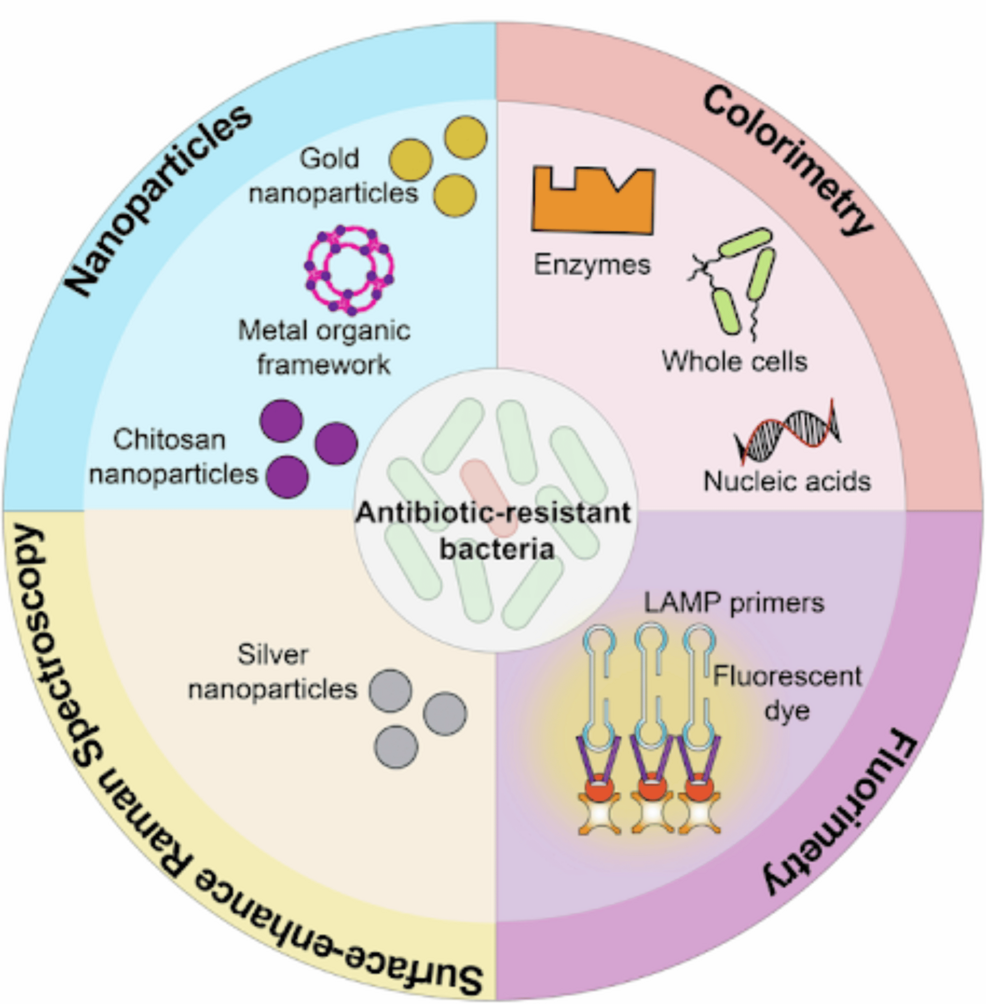- Artificial Intelligence-Integrated Biosensors for Antimicrobial Resistance Detection and Surveillance: A Review and Future Perspectives for Global Biosecurity Cureus
- AI and Machine Learning: The New Weapon in the AMR Fight AI Magazine
- Fightback:…
Artificial Intelligence-Integrated Biosensors for Antimicrobial Resistance Detection and Surveillance: A Review and Future Perspectives for Global Biosecurity – Cureus
